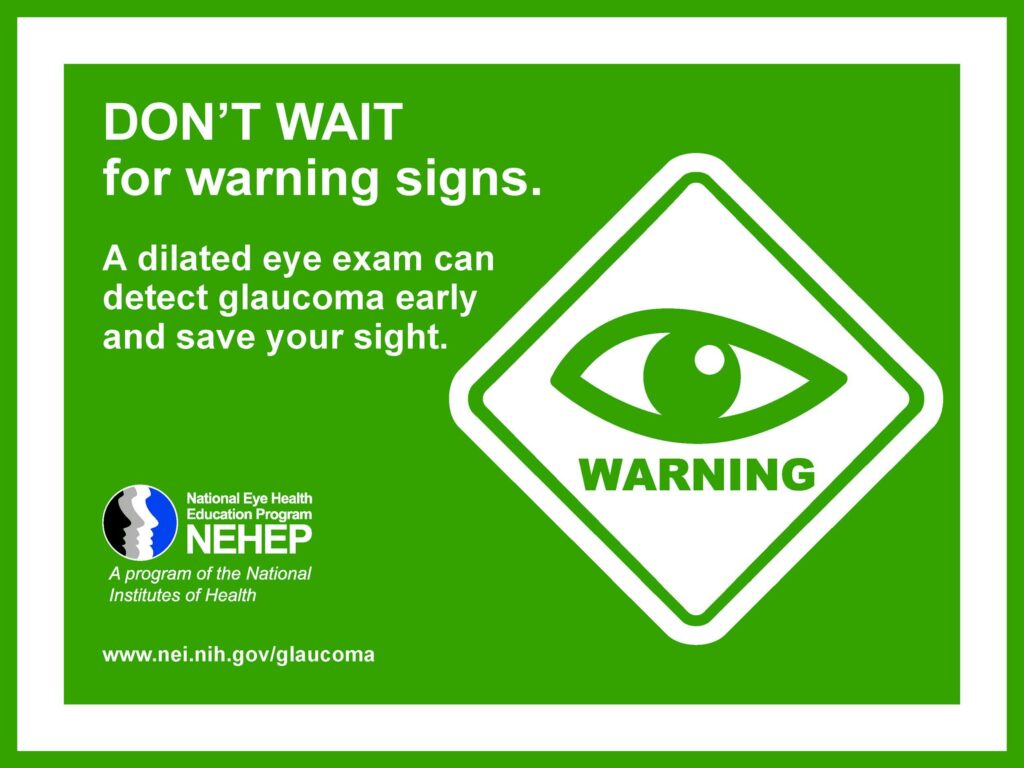Eyesight is often considered one of our most valuable senses, allowing us to perceive the world around us in vivid detail. However, there’s a condition that silently threatens this precious sense—glaucoma. Glaucoma is often referred to as the “silent thief of sight” because it can cause irreparable damage without showing early symptoms. As we enter into January, it’s essential to note that this month is dedicated to raising awareness about glaucoma. January is Glaucoma Awareness Month, providing an opportune time to delve into understanding this condition, its detection, and management. This awareness campaign aims to shed light on the importance of preserving vision and preventing irreversible damage caused by glaucoma.
What is Glaucoma?
Glaucoma is not just one eye condition but a group of eye diseases that damage the optic nerve, usually due to an increase in intraocular pressure. This damage can lead to irreversible vision loss and even blindness if left untreated. The optic nerve serves as the information highway between the eye and the brain, and damage to it can cause significant visual impairment.
The Silent Nature of Glaucoma
One of the most challenging aspects of glaucoma is its silent progression. In its early stages, it often shows no noticeable symptoms or pain. As the disease advances, the visual field narrows, resulting in tunnel vision, and if left unchecked, it can lead to blindness. This is why regular eye check-ups are crucial, especially for those at higher risk.

Risk Factors:
- Several factors increase the risk of developing glaucoma, including:
- Age: Individuals over 60 are at higher risk.
- Family history: A family history of glaucoma increases the likelihood of developing the condition.
- High intraocular pressure: Elevated pressure within the eye is a significant risk factor.
- Ethnicity: People of African, Hispanic, or Asian descent are at higher risk.
- Medical conditions: Diabetes and high blood pressure can increase the risk of glaucoma.
Detecting Glaucoma

Regular eye exams are key to detecting glaucoma in its early stages. Ophthalmologists can conduct various tests to measure intraocular pressure, examine the optic nerve, and assess the visual field. Early detection allows for timely intervention and management, helping to slow down the progression of the disease.
Managing Glaucoma
While glaucoma doesn’t currently have a cure, early diagnosis and proper management can effectively slow its progression. Treatment often involves prescription eye drops to reduce intraocular pressure, oral medications, laser treatment, or surgical procedures in more severe cases. Adhering to treatment plans and attending regular check-ups are vital in managing the condition and preserving vision.
Raising Awareness and Taking Action
Education and awareness are fundamental in preventing vision loss from glaucoma. Simple actions such as regular eye check-ups, understanding one’s family medical history, and adopting a healthy lifestyle can significantly reduce the risk of developing glaucoma or detect it early on, allowing for timely intervention.
Washington University has some of the top glaucoma specialists in the nation. Our physicians are experts in glaucoma treatment, and give compassionate care to each of our patients. View our glaucoma specialists here.
Glaucoma remains a significant cause of irreversible blindness worldwide, but early detection and proper management are crucial in preserving vision. Awareness, routine eye check-ups, understanding risk factors, and timely intervention can make a substantial difference in the lives of those affected by this silent but sight-threatening condition. As we spread awareness and prioritize eye health, we take significant steps towards minimizing the impact of the “silent thief of sight” and safeguarding our vision for the future.